Services
Enterprises today are transforming the application architecture from on-premise to cloud native or hybrid environment. With increased mobile based operations, IOT devices, containers, APIs, microservices and open source coding, the journey has become competitive and challenging. The attack surface and vulnerabilities have increased multifold, resulting in breaches across the application layer. Shift-left, when combined with DevOps, has helped enterprises reduce cost, identify and fix potential vulnerabilities early, reduce impact during production rollouts and repurpose the efforts in multiple areas. In addition to this, an element of security is added within shift-left DevOps processes through application security.
Mphasis application security services help enterprises establish a holistic security program by bringing in innovations and technological changes. We bring security within DevOps using automation which helps reduce false positives, ensuring rapid remediation. This is a three step process that starts with threat modeling followed up by vulnerability assessment and penetration testing of application attack surface, across on-premise, cloud native or hybrid environments. We access the current landscape of the enterprises, map it to the maturity curve and identify the areas of improvement. This helps in designing of the application security governance framework and making culture changes in the existing application landscape that is required to establish DevSecOps. Our DevSecOps framework integrates security processes and tools that drive visibility, collaboration, automation and agility into each phase of the DevOps pipeline.


Agile security as competitive advantage

Scalability in the security validation process by removing the bottleneck in manual inspections, without compromising security

Developer self-service by enabling automated security inspections as part of the deployment pipeline

Maximized value at lower cost for your customers without investing and owning offshore assets

Service delivered from physically and logically secure (ISO 27k1, SOC Type 2) facility

Better visibility to threats through solutions and domain expertise across industries and clientele

Accelerated maturity, improvement, and faster response to incidents